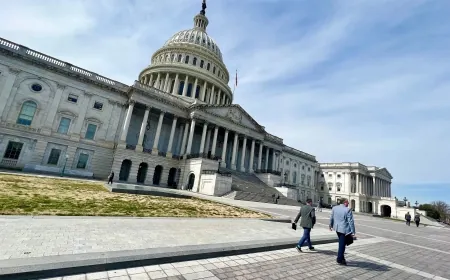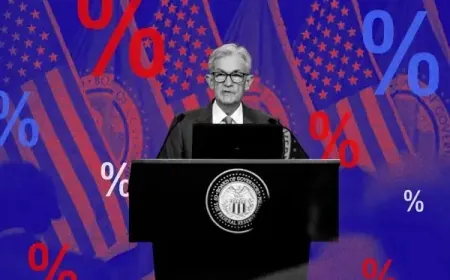Bank of England Proposes 60% Reserve Rule for Stablecoins
The Bank of England proposed rules requiring major stablecoin issuers to hold 60% of reserves in UK bonds and limit user holdings to £20,000.

The Bank of England (BoE) has proposed new rules for companies that issue large-scale stablecoins, aiming to bring them under the same standards as traditional payment systems.
Under the draft plan released on Monday, firms whose stablecoins are widely used for payments will need to keep strong reserve backing. They will be allowed to place up to 60% of their reserves in short-term UK government bonds, with the rest held in cash or other highly liquid assets to ensure that redemptions can be met at any time.
The central bank said it wants stablecoins to be safe, fully backed, and easy to convert into pounds, so they can be used confidently in everyday transactions. The proposal follows months of work by UK regulators to build a permanent framework for digital money and payment tokens.
To limit risk during the early phase, the BoE suggested temporary limits on holdings. Individuals could hold up to £20,000 (about $26,000) in a single systemic stablecoin, while companies could hold as much as £10 million (around $13 million). Officials said the caps would be lifted only when they are confident that large-scale use of stablecoins would not threaten financial stability.
Deputy Governor Sarah Breeden said the rules are designed to make sure new forms of digital money are “as reliable as the money people use today.” She added that the UK is working closely with regulators in the United States and Europeto maintain consistent standards as stablecoins become more common in cross-border payments.
Only stablecoins considered “systemic” — those with the potential to affect the wider UK financial system — will come under the Bank of England’s direct oversight. Smaller or trading-focused tokens will continue to be supervised by the Financial Conduct Authority (FCA) under lighter conditions.
The central bank’s consultation is open until 10 February 2026, after which it will review responses and publish final guidelines later in the year. The new framework is expected to take effect by late 2026.
Stablecoins have grown rapidly in recent years and now play a major role in global crypto markets, where they are used for payments, lending, and settlements. Regulators worry that poorly backed coins could trigger losses for users or destabilize payment networks if confidence falls.
In the UK, the government wants to encourage innovation in digital finance but within strict boundaries. The BoE said its proposals aim to make stablecoins “trustworthy forms of private money” while ensuring that any firm offering them can survive sudden withdrawals or price shocks.
Crypto industry groups have warned that high reserve requirements and holding limits could slow adoption and make the UK less competitive as a hub for digital assets. But supporters say clear rules will finally let stablecoin firms operate within the regulated financial system rather than at its edge.
Also Read: XRP Set for New Rally as Ripple Ends SEC Dispute and Expands Global Use





























































